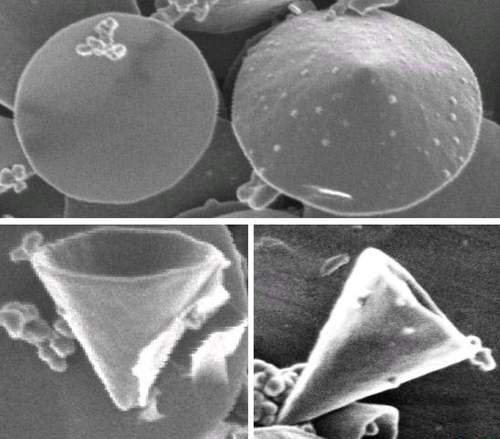 | ||
The Kværner process or the Kværner carbon black & hydrogen process (CB&H) is a method for the production of carbon black and hydrogen gas from hydrocarbons such as methane, natural gas and biogas. The process was developed in the 1980s by the Norwegian engineering firm Kværner, and was first commercially exploited in 1999.
Contents
Description
The endothermic reaction separates hydrocarbons into carbon and hydrogen in a plasma burner at around 1600 °C.
In comparison to other reformation methods such as steam reforming and partial oxidation the natural gas is efficiently and completely transformed into pure carbon and hydrogen. Of the available energy of the feed, approximately 48% is contained in the hydrogen, 40% is contained in activated carbon and 10% in superheated steam.
Plasma variation
A variation of this process using plasma arc waste disposal was presented in 2009. Methane and natural gas is converted to hydrogen, heat and carbon using a plasma converter.
